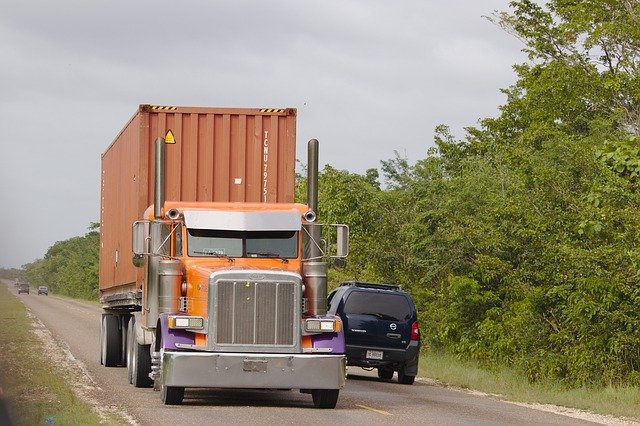
-
Implementation of the Automated Bonds Management System (ABMS) for transit shipments has been suspended from March 15 to April 4 to address technical and administrative issues
-
The temporary suspension was effected so that errors encountered in the tagging of ‘Release’ will not affect delivery of imported materials to PEZA-registered enterprises
-
Processing and charging against the general transport security bond will be done manually by ports while ABMS implementation is suspended
-
Tagging “Arrived” is still mandatory to enable the flow-back/crediting of the balance of the General Transport Security Bond, whether manually or under the ABMS
The Bureau of Customs (BOC) has suspended from March 15 to April 4 the implementation of the Automated Bonds Management System (ABMS) for transit shipments in order to address some technical and administrative issues.
With this development, processing and charging against the general transport security bond (GTSB) will be done manually by the ports, according to Office of the Commissioner (OCOM) Memo No. 49-2021 dated March 12.
The temporary suspension is in order so as not to “affect the delivery of imported materials to Philippine Economic Zone Authority (PEZA)-registered enterprises due to errors encountered in the tagging of ‘Release’ in the system for transit shipments,” the memo states.
These errors have been causing delays in the tagging of shipments upon arrival at the PEZA zones.
Tagging “Arrived” is still mandatory to enable the flow-back/crediting of the balance of the GTSB, whether manually or under the ABMS.
Since March 1, all electronically lodged transit goods declarations are required to have an approved bond policy in the ABMS of BOC’s Electronic-to-Mobile (E2M) System.
READ: BOC sets new rules on transit goods declaration bonds
ABMS is a BOC-wide system that handles the processing of bond transactions, monitors and manages bond balances, and flags bonds that have matured. ABMS was established pursuant to Customs Memorandum Order (CMO) No. 14-2012, which provides the procedures for implementing the ABMS in all customs ports.
CMO 30-2020, meanwhile, provides guidelines for implementing the ABMS for the GTSB, which is a form of security to guarantee the payment of duties and taxes and other obligations to BOC. The CMO applies to all transit bond accounts opened under the E2M System in all collection districts, including sub-ports and other BOC offices.
READ: BOC order sets guidance on automated bonds management system adoption
Under CMO 30-2020, all transit shipments transferred to Free Zones from the port of discharge must be tagged Arrived in the E2M Transit System by the authorized Customs officer in the following period:
- For single containers, within 24 hours from arrival of the shipment at the Free Zone
- For multiple containers, within 24 hours from arrival of the last container of the shipment at the Free Zone
Once the transit single administrative document (TSAD) is tagged Arrived at the port of destination, the ABMS will automatically revert the amount charged to the original bond balance.
Any alarm raised in the Electronic Tracking of Containerized Cargo (E-TRACC) system must be reported, pursuant to CMO 04-2020, which establishes E-TRACC.
The E-TRACC, launched in May last year, is a web-based system that tracks the inland movement of containerized cargoes during transit and transfer to other customs territories and facilities.
Failure by the importer to have the GTSB-secured containers arrive on time at the designated destination without a valid reason is sufficient ground for the bond to be forfeited. – Roumina Pablo




